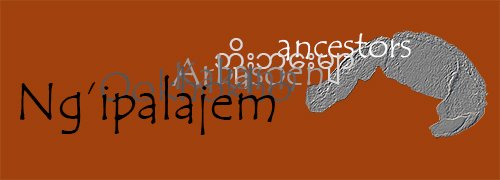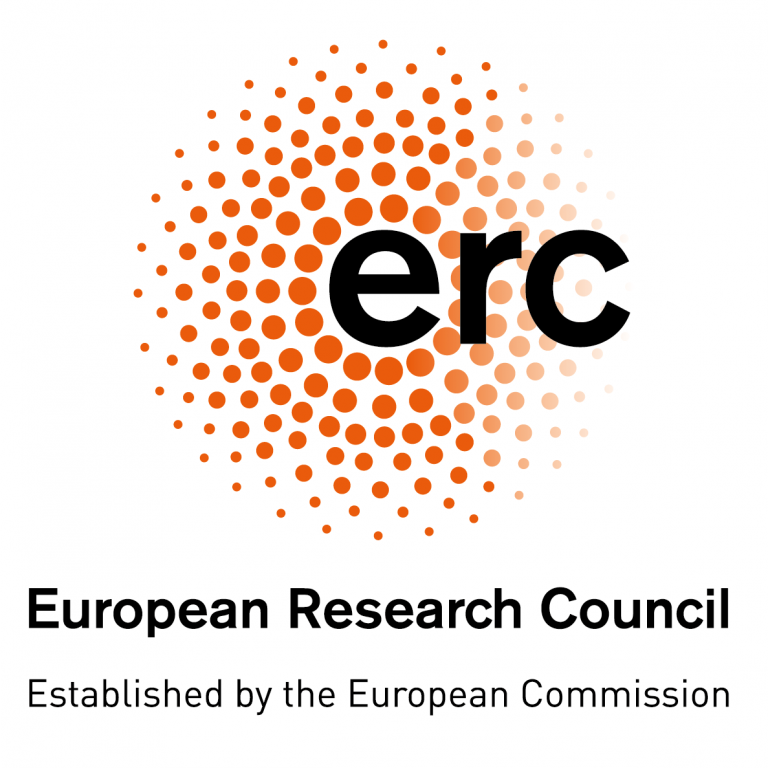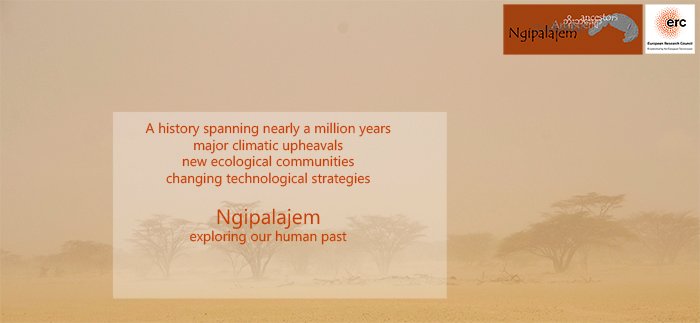
Ng’ipalajem
The evolutionary landscape of modern human origins in Africa
Our understanding of the origins of our species, Homo sapiens, has undergone a major shift. New fossils, dates and genomic studies have consolidated our African origin. Yet, they also indicate a deeper past, involving multiple events. These events stretch to nearly three quarters of a million years ago (Ma), and take the problem of modern human origins into an entirely different climatic and ecological context. From 1.4 Ma, climate dynamics changed, initiating a 1 million-year period known as the Early-Middle Pleistocene Transition, or EMPT, during which, besides greater climatic variability, there was a prolonged arid phase, profoundly affecting African environments. By the end of the EMPT, the structure of the large mammal community in East Africa had changed significantly. The first modern humans are part of this change. The recognition of this older, drier context for the evolution of our species drives NG’IPALAJEM. Our aim is that NG’IPALAJEM will bring a new understanding of how the evolution of our species is part of a broader and longer African evolutionary landscape.


PI: Marta Mirazon Lahr


- 2021-2026
- 2007-2016
- 2007-2026
- 2007-2926
- 2021-2026
- 2021-2026
Ng’ipalajem aims to establish major new empirical benchmarks to answer big questions
by building on new hominin discoveries in Turkana, NG’IPALAJEM will undertake extensive fieldwork to add more specimens to the scarce hominin fossil record of this period.
by increasing the large vertebrate fossil record from Turkana, and carrying out inter-site eco-morphological and palaeoproteomic comparative analyses, NG’IPALAJEM will throw light on the wider evolutionary dynamics of ecological communities, and investigate the role human predation may have played in shaping modern African faunas.
by describing and studying new and old fossils, NG’IPALAJEM will explore the range of hominin phenotypic diversity in the African hominin fossil record of the last million years.








